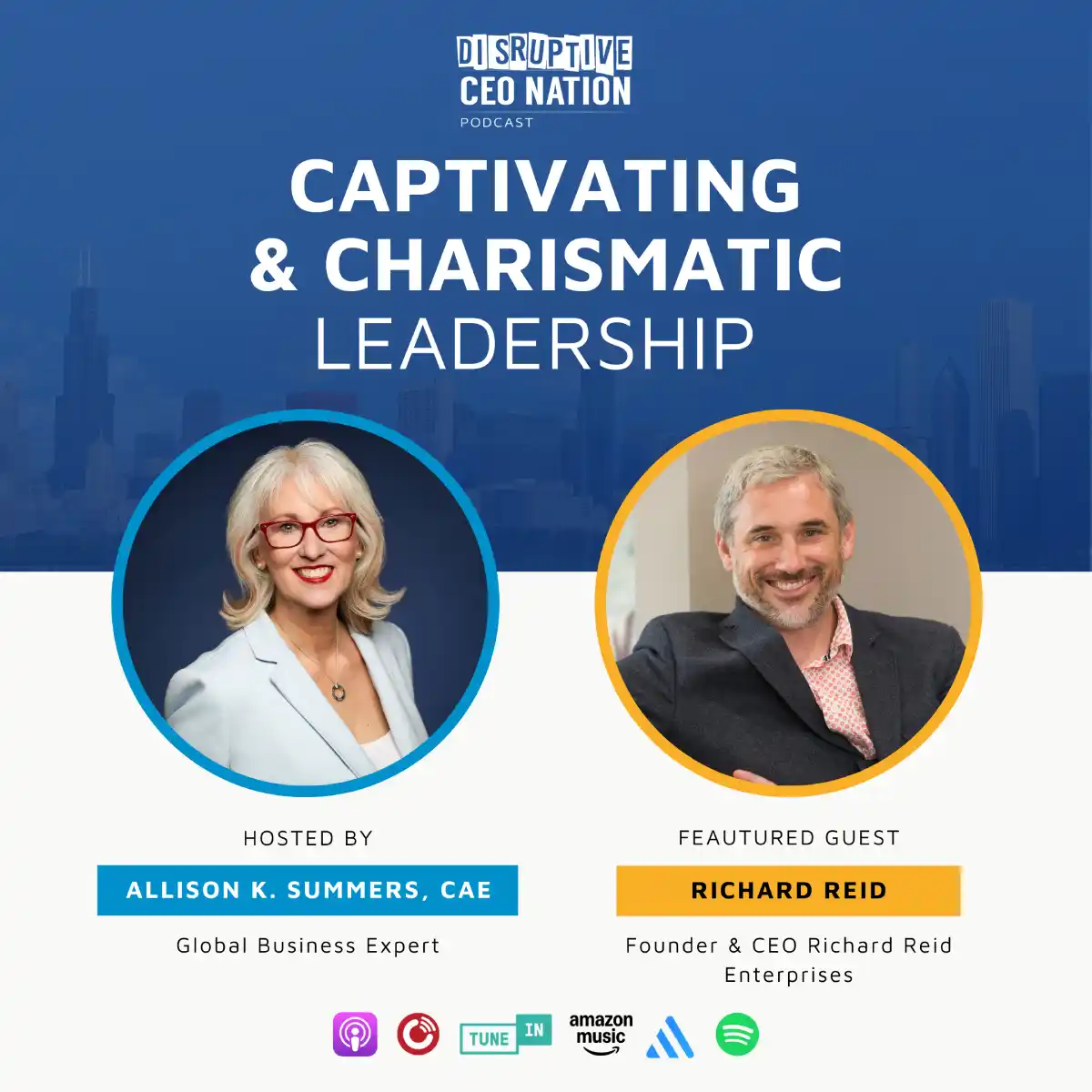Abstract
Charisma plays a pivotal role in the success of entrepreneurial pitches. This whitepaper explores the impact of charisma on investor engagement and funding success, drawing on academic research, practical tips, and real-world case studies. It aims to provide business professionals and entrepreneurs with actionable insights to enhance their pitching strategies.
Introduction
Securing funding is a critical milestone for entrepreneurs. While a solid business plan and market potential are essential, the ability to convey passion, confidence, and vision—collectively known as charisma—plays a crucial role in creating a connection with investors and can significantly influence their decisions. This whitepaper delves into the components of charisma and how entrepreneurs can leverage it to secure funding.
The Science of Charisma
Charisma is often perceived as an innate quality, but research suggests it can be cultivated. According to Antonakis, Fenley, and Liechti (2011), charisma comprises verbal and non-verbal communication skills that can be learned and practiced1. These include storytelling, emotional expressiveness, and body language.
Academic Research on Charisma and Pitching
- Verbal Communication: Effective storytelling can create a compelling narrative that resonates with investors. Research by Martens, Jennings, and Jennings (2007) highlights the importance of narrative coherence and emotional appeal in successful pitches2.
- Non-Verbal Communication: Gestures, facial expressions, and eye contact can enhance the persuasiveness of a pitch. A study by Healey et al. (2018) found that entrepreneurs who used ideational and beat gestures were more likely to secure funding3.
Practical Tips for Enhancing Charisma
- Develop a Strong Narrative: Craft a story that highlights your venture’s problem, solution, and impact. Use vivid language and relatable examples.
- Practice Emotional Expressiveness: Show genuine passion and enthusiasm for your project. This can be contagious and inspire confidence in investors.
- Master Body Language: Maintain eye contact, use purposeful gestures, and adopt an open posture to convey confidence and credibility.
Case Studies
Steve Jobs and Apple
Steve Jobs was renowned for his charismatic presentations. His ability to tell a compelling story and his passionate delivery were critical factors in Apple’s success.
Elon Musk and SpaceX
Elon Musk’s visionary pitches for SpaceX have captivated investors and the public alike. His charisma lies in his ability to articulate a bold vision and his unwavering confidence in achieving it.
Conclusion
Charisma is a powerful tool in the entrepreneurial toolkit. By developing strong verbal and non-verbal communication skills, entrepreneurs can enhance their pitches and increase their chances of securing funding. This whitepaper not only provides a foundation for understanding and cultivating charisma, but also opens the door to personal growth and development, supported by academic research and real-world examples.
References
- Antonakis, J., Fenley, M., & Liechti, S. (2011). Can Charisma Be Taught? Tests of Two Interventions. Academy of Management Learning & Education, 10(3), 374-396.
- Martens, M. L., Jennings, J. E., & Jennings, P. D. (2007). Do the Stories They Tell Get Them the Money They Need? The Role of Entrepreneurial Narratives in Resource Acquisition. Academy of Management Journal, 50(5), 1107-1132.
- Healey, M., et al. (2018). The effectiveness of gestures when pitching to secure funding. Alliance Manchester Business School.










